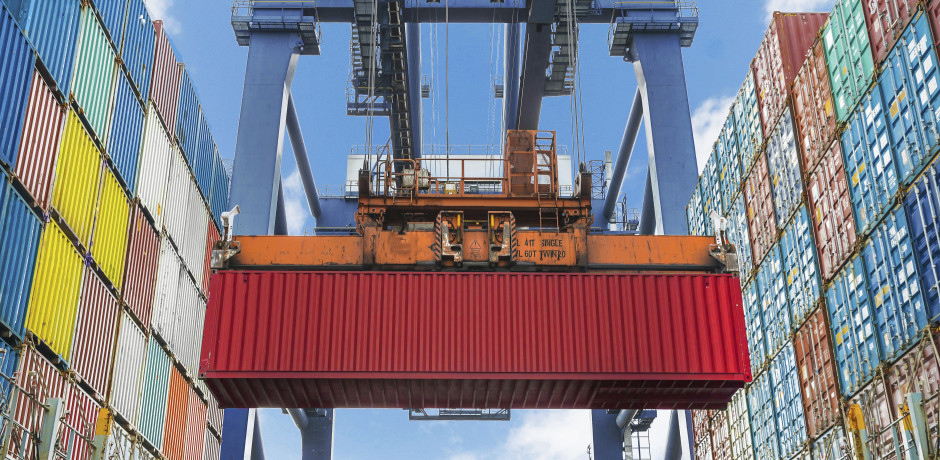Author: justinb
On January 29th at 11AM EST, one thousand longshoremen at the port of New York walked out, violating the no strike provision of their contract, and effectively halting operations at the third busiest port in the United States. Citing the interference of the Waterfront Commission in their collective bargaining agreement, the longshoremen have returned to work giving more confidence back to shippers with cargo pending at the port.
Coming on the heels of a difficult year on the West Coast, shippers are intolerant of shut downs and work stoppages that occur due to labor disputes. Diverting cargo is a costly and painful process that many shippers using the Port of Los Angeles and Long Beach discovered recently. This is, actually, one of the reasons the ILA and United States Maritime Alliance has started talks regarding the expiration of their contract in 2018. In an attempt to prevent the issues faced in 2014 and 2015, the East Coast ports want an amicable solution in place well in advance.

When ports shut down, due to weather or labor, the best defense to delays is a good solid plan in place by your broker to reroute cargo. Being abreast of issues coming and exploiting secondary ports can alleviate many of the delays. As this was an unforeseen issue that took even the union leaders by surprise, most of the preparation available to brokers would have been for naught. This is a great learning experience for us and Lisa Ragan Customs Brokerage is working diligently to find and implement solutions for cases such as this one. We refuse to acquiesce to delays and instead seek to use our cutting edge technology to keep the flow of freight and clearance from stalling under both labor pressure and weather. With two years to go before the original contract expires, we have time to develop and test alternate paths for clearance and import so we and our clients are solidly prepared for each and every coming challenge.
The biggest issue facing Customs brokers the past year or so has been the alternately impending and moving deadlines for filing in the Automated Commercial Environment, or ACE.
You’ve heard us talking about this for what feels like an eternity now, but several years ago, the President signed an Executive Order mandating that all federal agencies will use a single portal for the filing of import and export information by December 1, 2017. This meant bringing 100+ agencies into the 21st Century to receive and transmit authorizations for entry and exit through a single point. Customs and Border Protection was deemed to be that single point.
ACE’s development has accelerated over the past several years, with CBP moving to a “sprint” philosophy of programming where they iterated in six-week cycles. Fast forward through all the deployments and drops, and CBP told the trade: November 1, 2015, was the hard and fast deadline. But the agencies weren’t ready and the data sets for things like FDA and other agencies were just being tested in pilots. 
So CBP changed it to a “transition” period from November 1 through February 28, 2016. But come March 1st, most entry types would need to be transmitted through ACE. And in October? ACS, the system of record for the past 30+ years, would be decommissioned for entry leaving only ACE as the filing portal.
Today, we are less than month away from that February 28th deadline, and CBP are still pushing out changes to the programming. This week they had to roll back a change they made to FDA’s programming.
The NCBFAA called for, and we support, a moratorium in changes to allow the trade the requisite amount of time to sufficiently test ACE without changes being pushed into the system.
We are working with our software provider and testing at every opportunity. We have trained our people, we are educated on what is required. You may have noticed us asking for more details as well, because ACE has some more information that we need to provide for release.
Lisa Ragan will be as ready as we can for when the system goes live and will take every step possible to ensure that things go smoothly and cargo is released and delivered without delay. If things like programming on CBP’s side prevent that from happening, we will keep you all in the loop.



